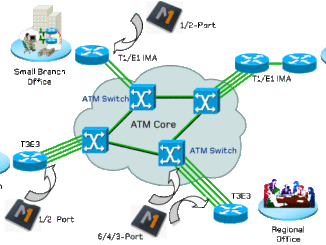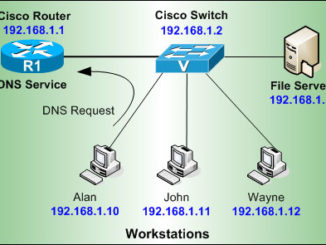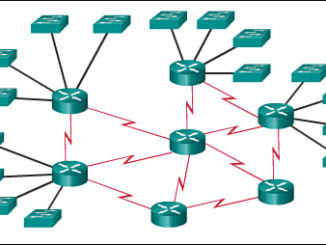
Here we are going to discuss different methods and rationales for network performance optimization. There are different applications which can help improve the performance of the network.
Latency Sensitivity and High Bandwidth Apps – When optimizing a network, it is important to assess a system for latency sensitivity. Certain services are most sensitive to latency such as VoIP, video and RDP. Latency sensitivity means a service is affected by a slow connection, such as when a video pauses to buffer or when there is a long during a Skype call. High bandwidth applications might be latency sensitive, but they use a lot of network traffic. Services such as video and music streaming and cloud applications take up a lot of room on the network.
There are certain methods for optimizing a network. These include –
- Quality of Service (QoS) – QoS helps ensure priority of latency sensitive packets and can be built into network devices.
- Traffic shaping – Traffic shaping can delay less important traffic and makes the most of available bandwidth and might be on the user end or on the Internet Service Provider (ISP) side.
- Load Balancing – Load balancing is a method that distributes the workload across multiple devices. Load balancing allows for a high functioning system in that it has the least connections with the fastest response time.
Uptime – Uptime is the time services are available. Needs can vary and a certain percentage of uptime is included in the Standard Lease Agreement (SLA). A strong uptime is needed so people are able to use the network to work and accomplish their tasks. A strong uptime consists of the following components:
- Redundancy
- Power backup
- Secondary Internet
- Backup sites
A high uptime is very essential. We should therefore know the method of high availability and its role in maintaining high uptime. High availability is used to calculate allowed downtime and allow for high uptime. This is based on a business’ needs and the Standard Lease Agreement (SLA). High availability is measured in percentages and shows the amount of time a network is available. Another method for maintaining high uptime is caching engines. Caching engines allows a network at different points to save frequently used resources so they are available when needed. Caching engines also results in improved connection speeds.
There are certain methods which are necessary to maintain a high uptime in a network. There are two methods discussed viz. Fault tolerance and Common Access Redundancy Protocol (CARP). Fault tolerance is essentially the act of having fail over devices available, preferably thee devices are automatic such as routers, switches and cables. In CARP, multiple hosts share the IP. CARP allows for transparent fault tolerance and each device has a shared IP and personal management IP. CARP can be fail over or load balance.



